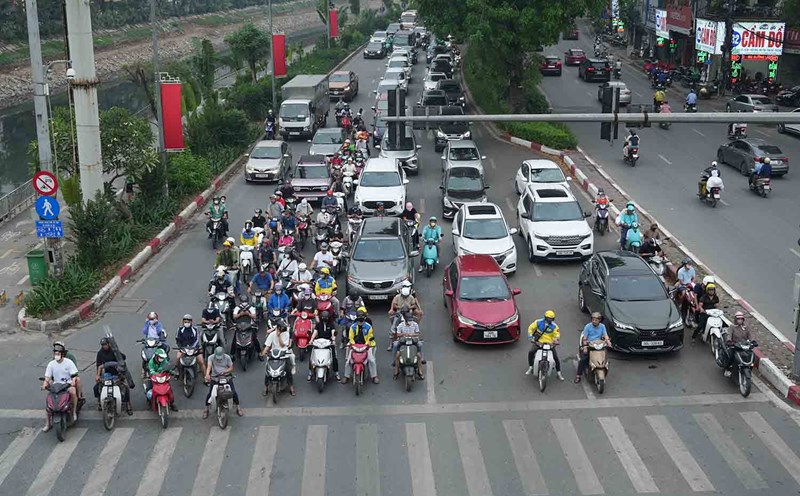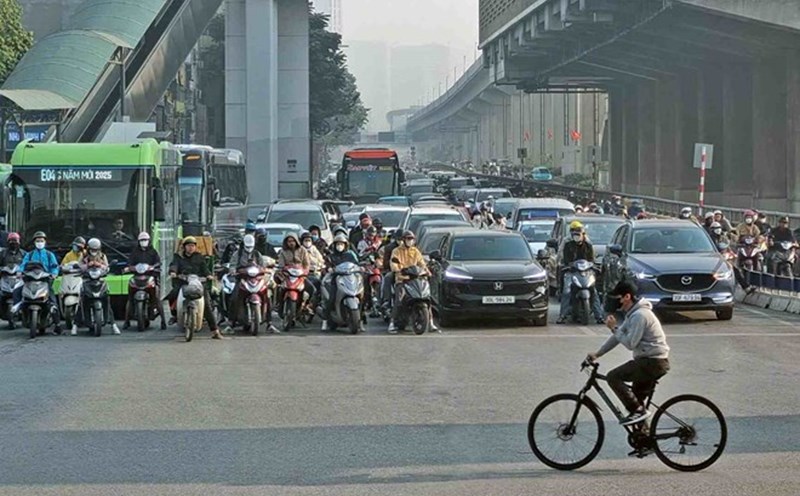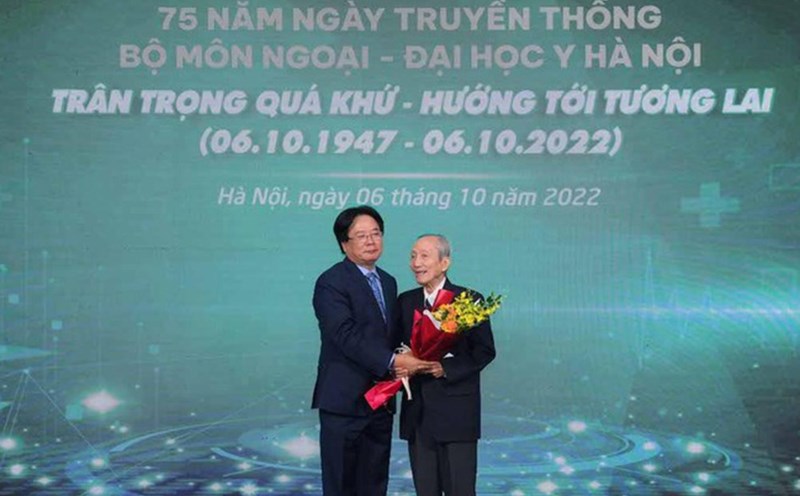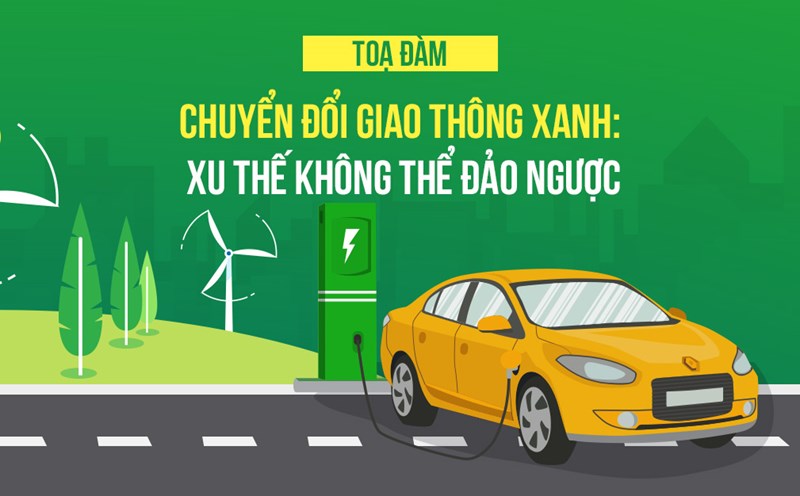There will be 34 centers with a miniature model
In the early morning of July 17, more than 10 officers and soldiers of the Traffic Police Department (CSGT) and coordinating units were still on duty at the Command Information Center. Their work is divided into shifts, ensuring 24/7 operations.
Major General Do Thanh Binh - Director of the Traffic Police Department - emphasized that this is a level 1 management center of the Traffic Police Department with modern technologies, combined with the application of artificial intelligence (AI).
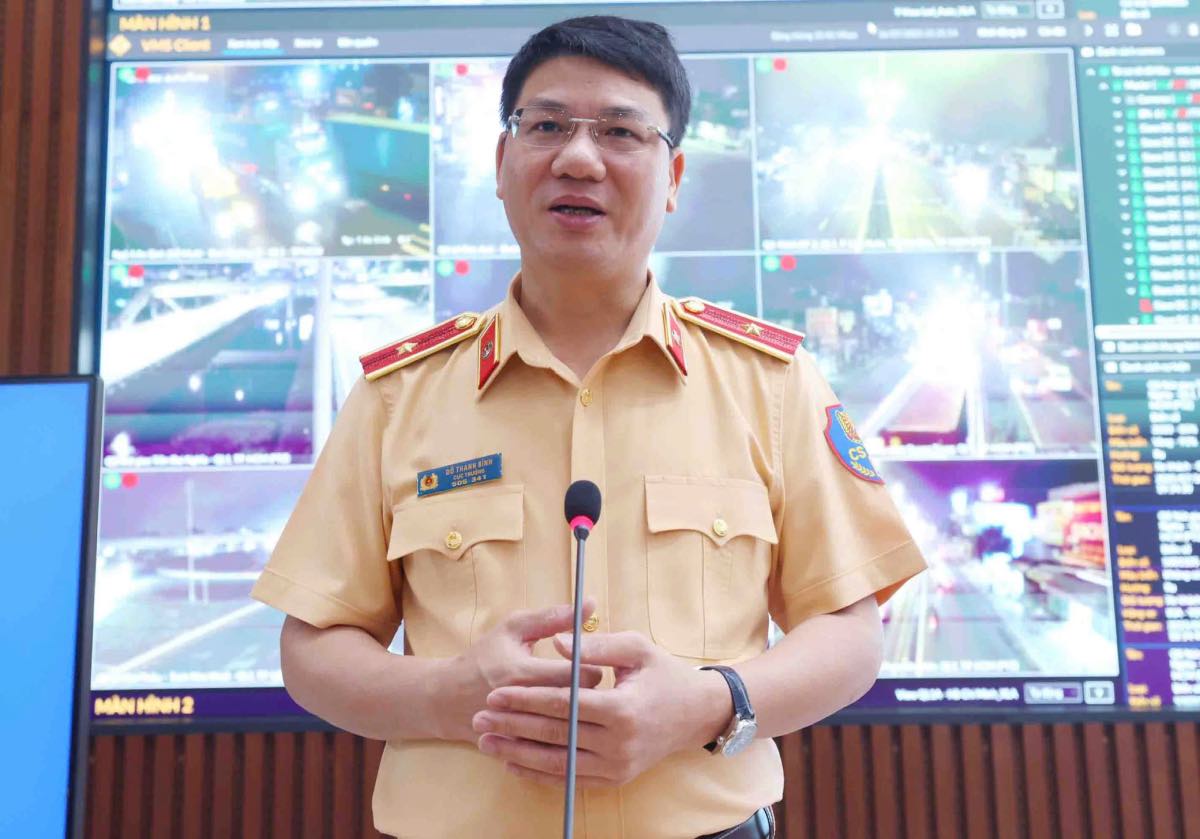
To operate well, the Traffic Police Department is gradually improving to have "correct, complete, clean, and reliable" data. From there, data types will be connected and analyzed, using data.
"If we had maintained it with humans - that is, officers and soldiers had to appear, then in the future we will maintain it with technology, operating 24/24 hours, fairly and objectively" - said the Director of the Traffic Police Department.
From the level 1 center of the Traffic Police Department, there will be 34 centers with a miniature model in provinces and cities.
Police patrol in the electronic environment
Colonel Pham Quang Huy - Deputy Director of the Traffic Police Department - said: The Command Information Center will fully meet the requirements of state management in the field of transportation, including the connection of vehicle registration, inspection, tax, customs, health and data of other professional departments of the Ministry of Public Security related to people and vehicles.
In terms of scale, this will be a comprehensive center, connecting small centers from localities, including data from all professional equipment of the entire traffic police force.
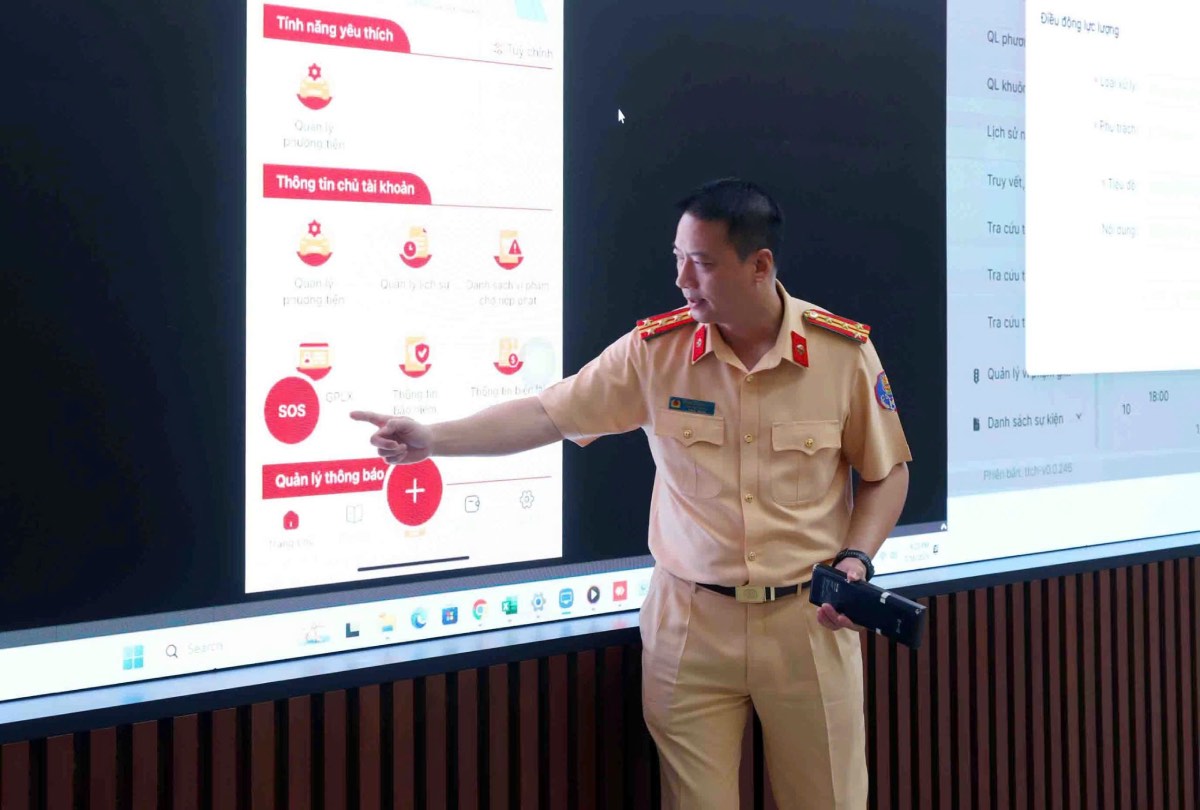
Data from the devices, after being brought to the center, will be analyzed by the AI system to identify behavior, then automatically moved to the management file. The traffic police force will then forward the fastest information to the vehicle owner via the VNeTraffic application within 2 hours.
For AI cameras, after recording the violating vehicle, the system will immediately extract the relevant photo/clip. The content includes the route, time of violation, behavior, etc. Based on the vehicle registration data, the owner of this vehicle will be immediately identified. AI has now been able to identify about 20 violations and is constantly being developed, including cars and motorbikes.
"The police from here can be considered patrollating in the electronic environment. The focus is on ensuring the safety and health of the people, lives and property above all, first of all" - Colonel Pham Quang Huy said.
In addition to monitoring violations, the center also manages the entire traffic police force during patrols and controls. Through the digital map system, it is possible to see where officers and soldiers are working.
When operating in a specific location, the name, address, and phone number of the officer working in that position can be tracked.
At the same time, the center also controls all traffic police patrol vehicles, including schools that provide information on the number of vehicles in operation, stopping to park to handle violations, being in the unit; which unit's working group, how many people, what tools are equipped and what types of equipment are being worked on on which route.
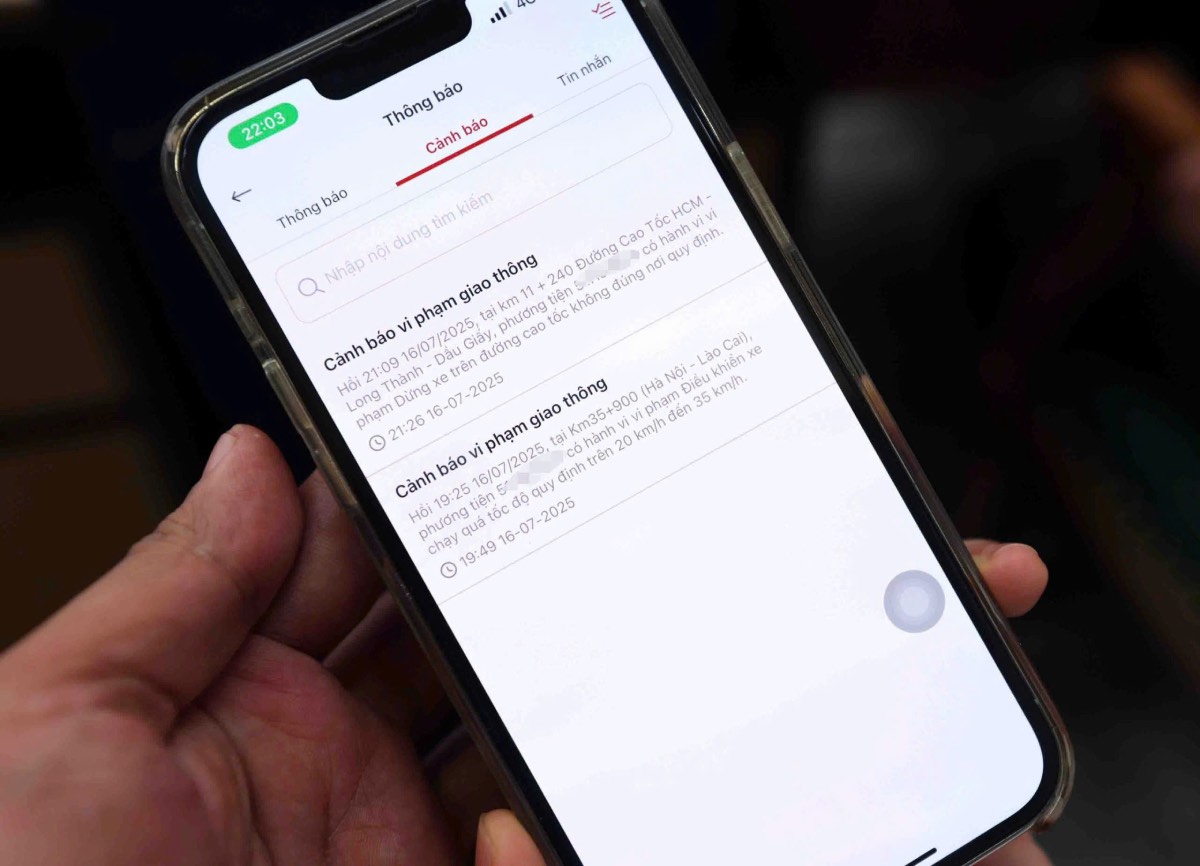
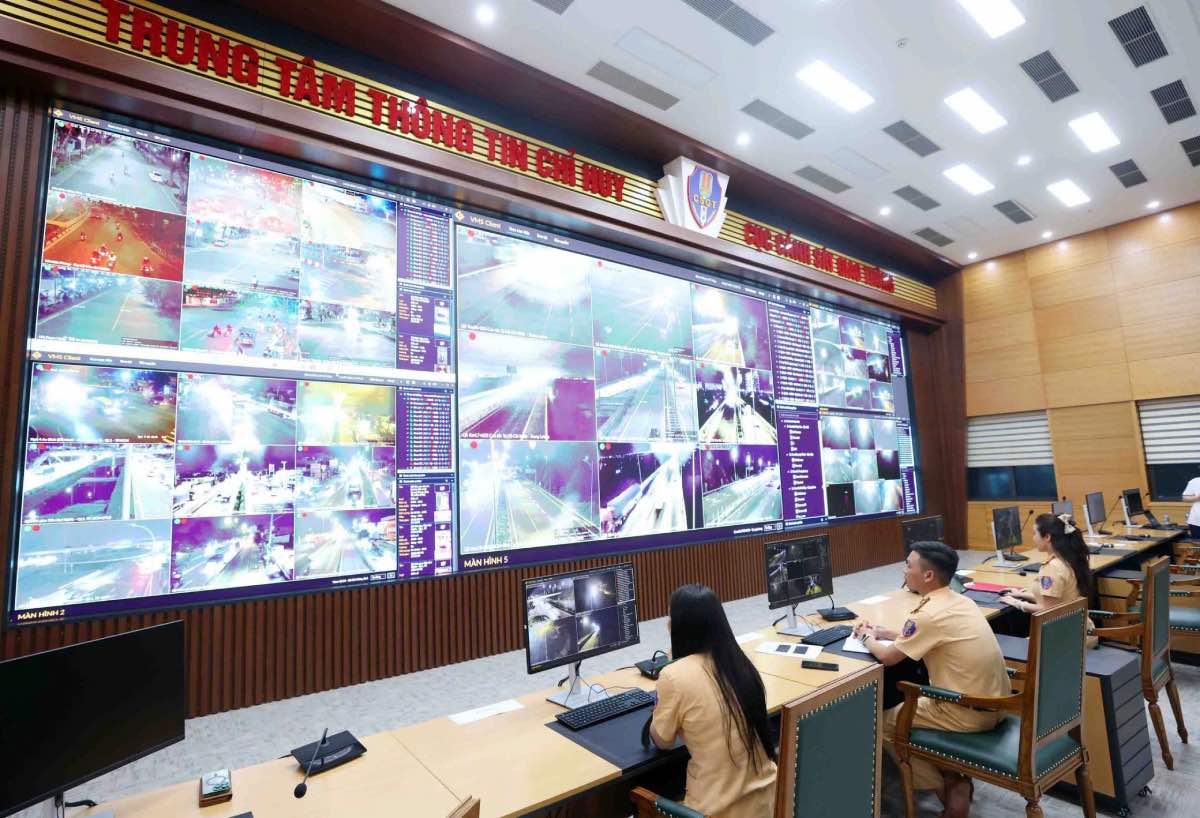
Another task of the center is to support the investigation and settlement of traffic accidents.
Colonel Pham Quang Huy gave an example of a case of a run- away accident. According to the witness's testimony, the driver was traveling in a red car, wearing a white shirt, a 5-seat car.
Thereby, the center will filter out how many red cars passing through on that route during this period. And the nearest vehicle to the time of the incident will be analyzed, evaluated and the entire route of this vehicle will be found, serving the search and investigation.


